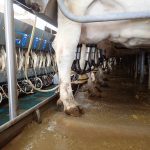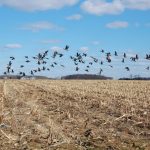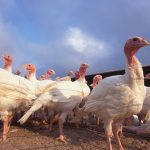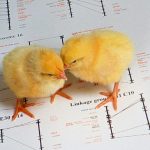A U.S. study shows highly pathogenic H5N1 avian influenza in dairy cows can cause severe mastitis and costly decreases in milk production, possibly beyond just an infected farm’s clinical outbreak period.


Research shows that mastitis and decreased milk production lasts well beyond the clinical outbreak period




Cats reported sick, dying from H5N1 infection; CFIA offers tips to help keep pets safe


Mammal-to-mammal transmission of virus likely but unconfirmed, scientists say

France has launched its bird vaccination scheme amid fears of repeat H5N1 outbreaks

Eight commercial poultry farms remain active sites

Finding may show which bird flu strains have human pandemic potential